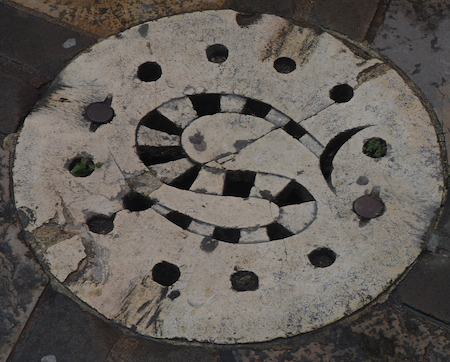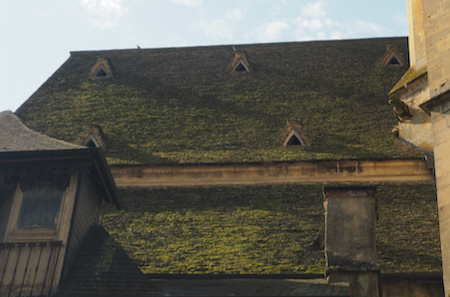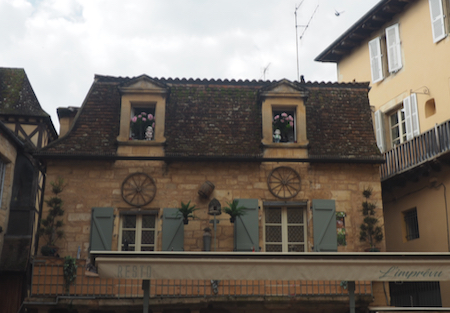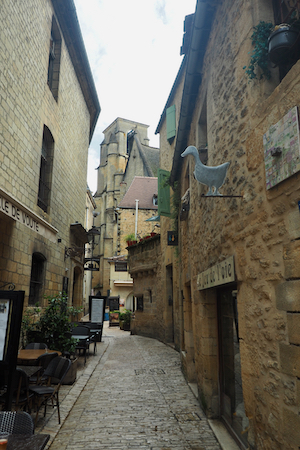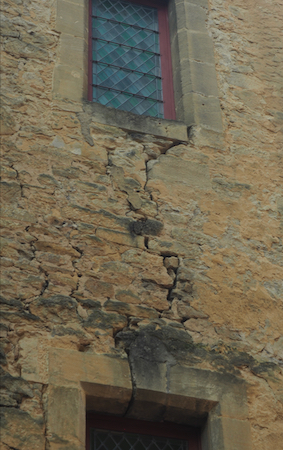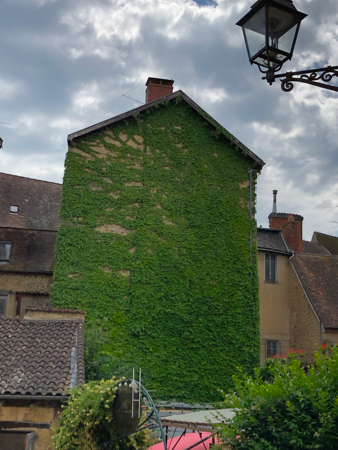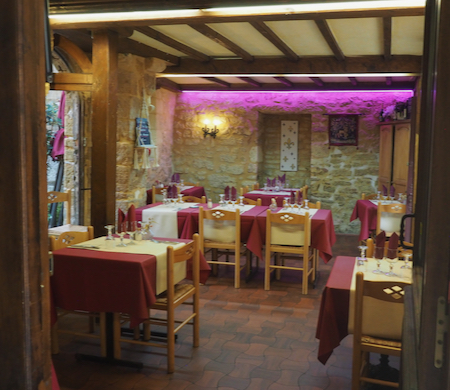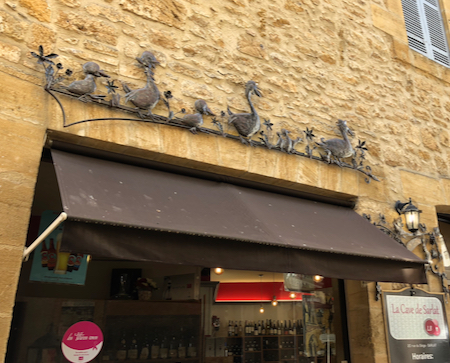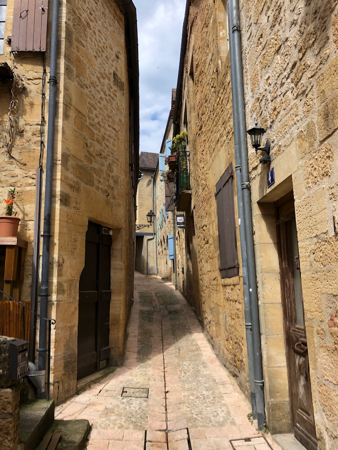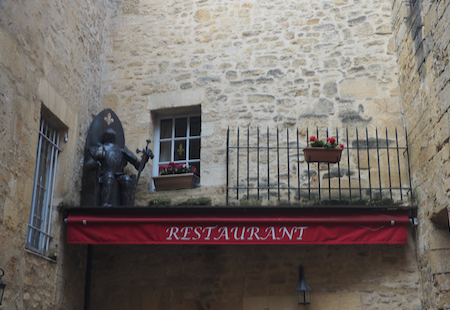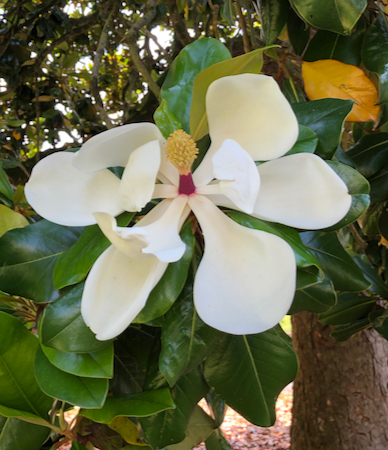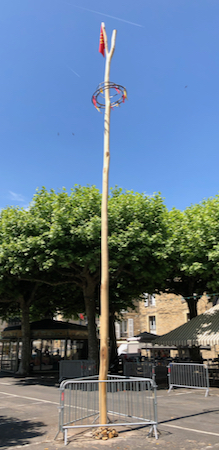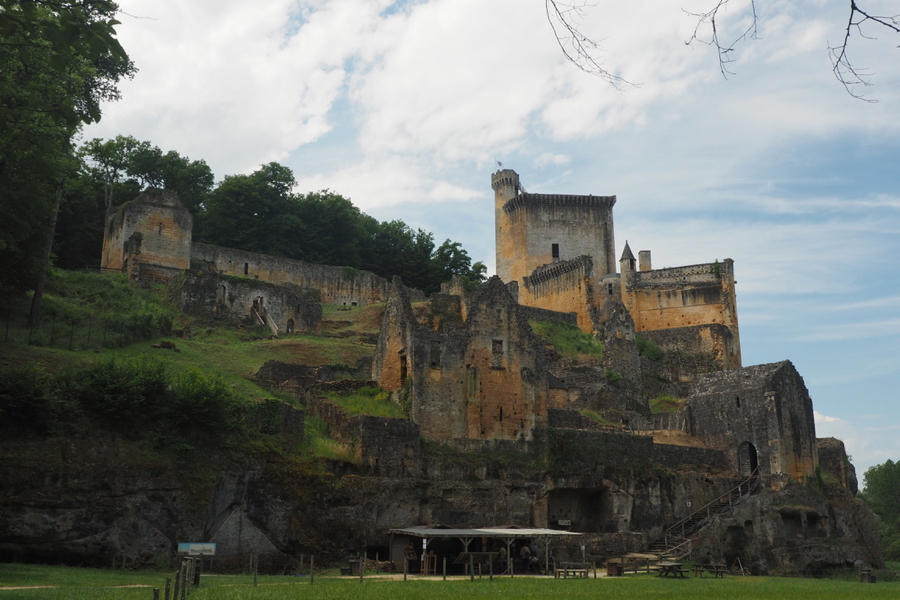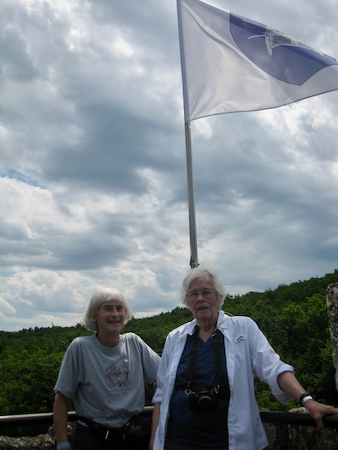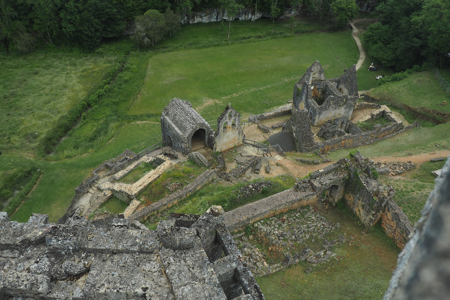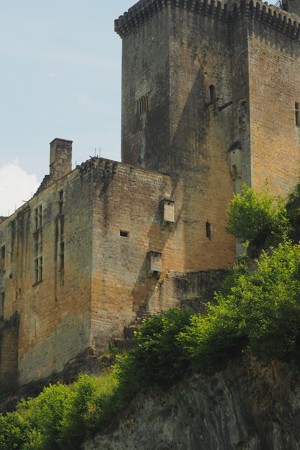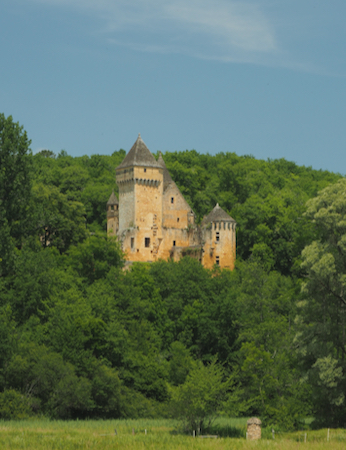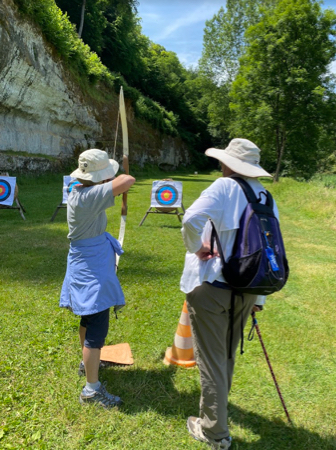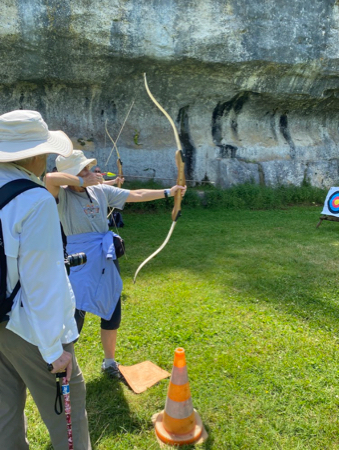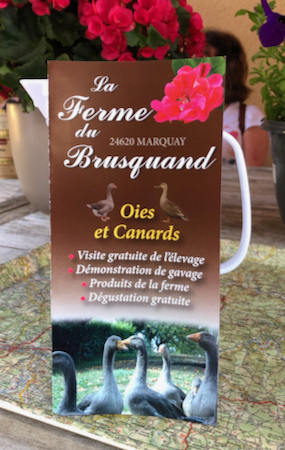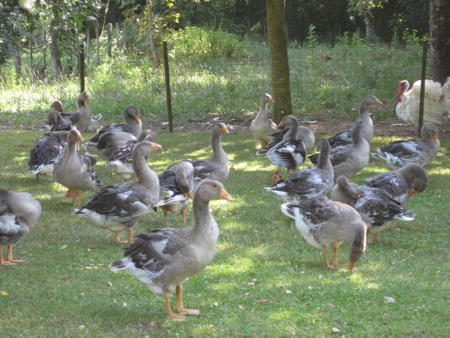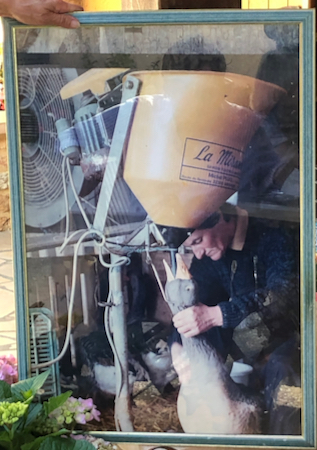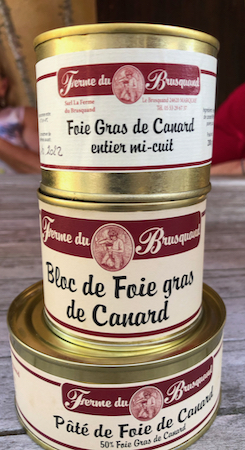Thurs., 6/2/22 - Sarlat
This morning we had an excellent local guide give us an hour-long tour of Sarlat. The photos and information that follow come from both the OAT and Insight tours of this very nice town.
The town of Sarlat was begun in the 9th c. when monks established a church and an abby. By the 13th c. there were enough inhabitants for the Pope to appoint a Bishop and the church was enlarged into a cathedral with the bishop’s palace adjoining it. That palace now houses the tourist information center. Our guide pointed out many interesting features on the 16th c. houses - like the towers and circular staircases added by rich nobles to advertise their status.
The Salamander is the symbol of Sarlat
Bell tower of the Cathedral of Saint-Sacerdos
Cathedral of Saint-Sacerdos
Choir pews
The organ, of course
Painting on a back wall the the Cathedral
Cathedral of Saint-Sacerdos
Flying buttresses of the Cathedral of Saint-Sacerdos
The beehive-like tower behind the Cathedral was a “lantern of the dead” with a 12th c. mystical purpose.
Lantern of the Dead
Lots of photos from various strolls around the town. Sarlat is a really nice, medieval town to visit. Lots to see. Nice restaurants, etc.
Shop for Foie Gras
Street scene
House of Etienne La Boboetie
House of Etienne La Boboetie
WWI Memorial
Typical restaurant
Across from the town hall was a parish church which is now a market. The chancel was destroyed so huge metal doors seal off the ends of the nave where the market is.
Doors of the market
Wine, white asparagus, and strawberries
Sausage and Cannele au Foie Gras in the back (dark stuff)
Sausages
Canard - Duck meat
Cheeses
Baked goods
Street scene
Old building
Creperie
Street vendor selling sausages
Street scene
The Post Office
Fancy coat of arms
City Hall
City Hall
Le Badaud - The Observer - looking over Liberty Square
Liberty Square was created after the French Revolution and has a maple tree which is called the Liberty Tree and has often been replaced. It is rather young right now.
Manhole cover
Statue of three bronze geese
Moss covered roof
Nicely decorated
Cute!
Street scene
In need of some repair?
This isn't good for walls!
Cute restaurant
Gale shopping for a belt -this one was a little long
Nice sign
Narrow street
Truffles here, too
Local park
Magnolia in the local park
Game pole set up for the next day's festival
The group was taken to Commarque Castle. This Castle was built in the 12th c. It was abandoned in the 16th c. About 50 years ago, Hubert de Commarque bought the chateau that once belonged to his family and started the process of restoring it. His son and daughter are now trying to market it as a tourist attraction, which it certainly could be.
The castle overlooks a “protected valley” and must maintain traditional grasses and livestock. Parts of the ruins (foundations and walls) are maintained so we can imagine what it once would have been like. There are also troglodyte cave houses around the base and across the area. Many meters of dirt had to be excavated to expose the caves and base of the castle.
Some of us had an “archery lesson” and shot three arrows at targets. (This was an OAT Learning and Discovery experience.) Four of us climbed up past several foundations of homes and part of the original chapel and then into the fortification's tower. We had a wonderful view from the very top tower. The climb on the ruins was more fun than the archery!
Ruins of the Chateau de Commarque (note that 4 of us climbed all the way to the top, by the flag pole)
We made it to the top! A very hot climb
View from above
Ruins of the church
The rectangular "boxes" on the wall mark the location of the toilets inside
Nearby chateau
The archery lesson
Fri., 6/3/22 - Sarlat
Free day in Sarlat because the optional tour to Rocamadour did not take place. Our tour leader did not give very complete or enthusiastic reviews of the three optional tours to be offered on this trip. As a result, not enough people signed up for any of the trips "to go." Granted they were expensive, but the sales pitch was rather negative.Late in the day, at 5:45, our group was taken to a goose farm to learn about foie gras (foie = fat and gras = liver) production. The discussion about the controversial practice of force feeding ducks and geese (the practice is called Gavage) to produce ten times larger livers didn't happen. The birds must be force fed to make real foie gras - otherwise the liver is small and makes “faux (false) gras.
We looked at ducks and tasted three forms of foie gras and then had dinner - more duck and potatoes cooked in duck fat and a quarter-cup of carrots.
Ducks (and a turkey in the background)
Poster showing the ducks being force-fed
| Return to Top | Return to Itinerary | Return to Trips page to view other trips | Return to Dreamcatcher Home Page |

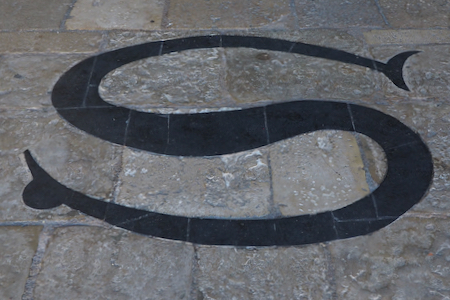
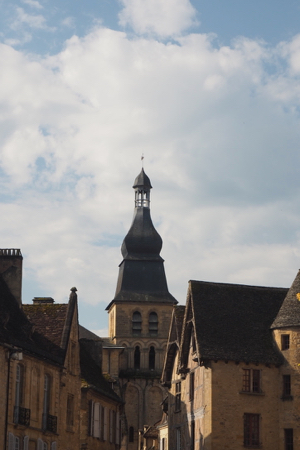
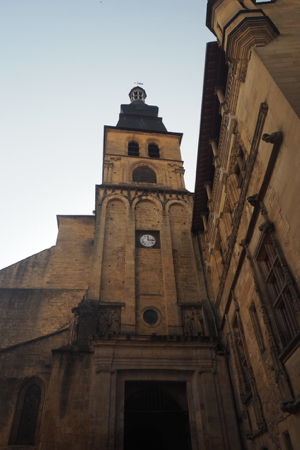


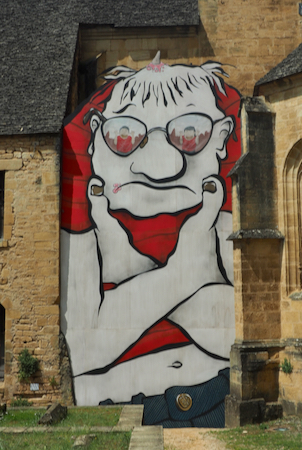
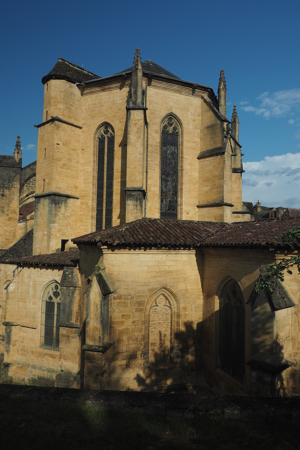


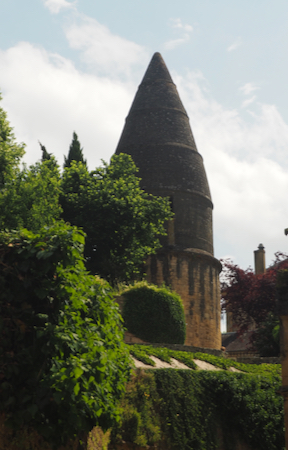
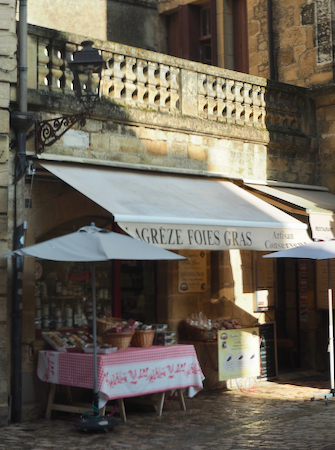
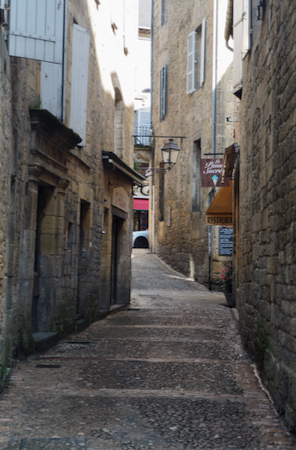
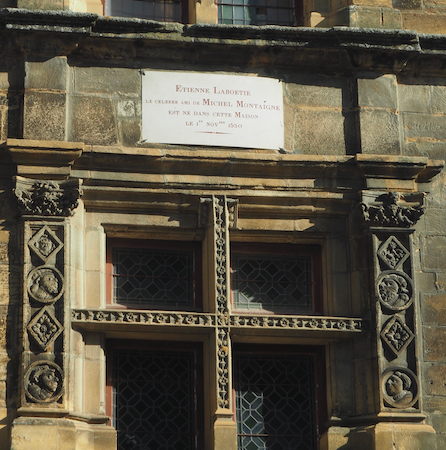


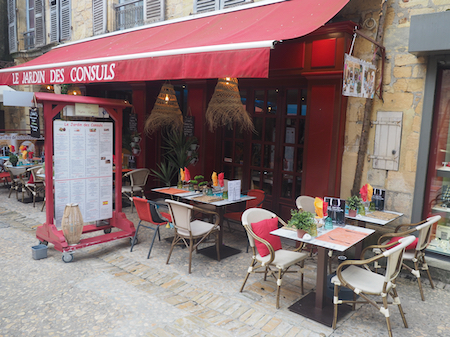
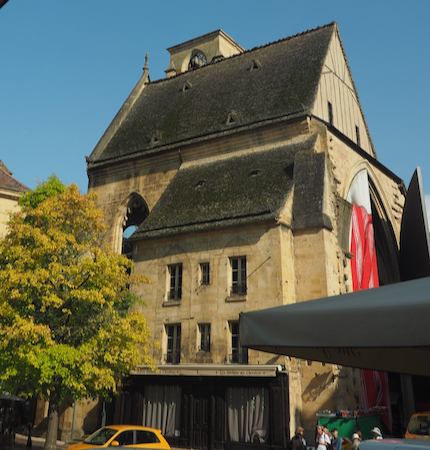

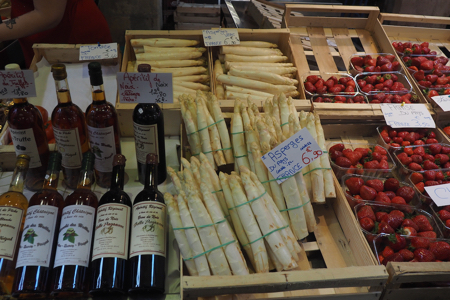

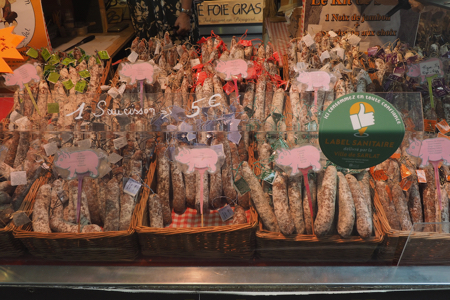
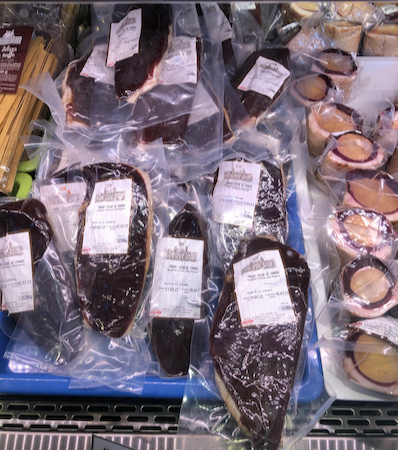



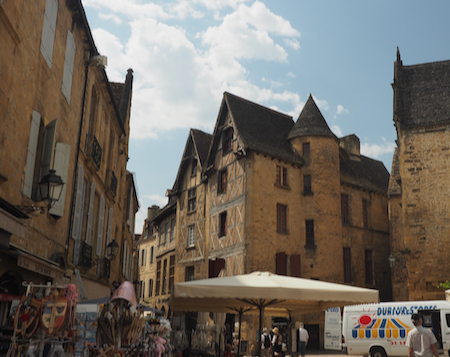
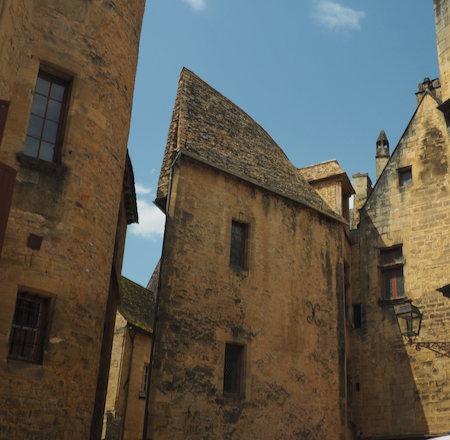
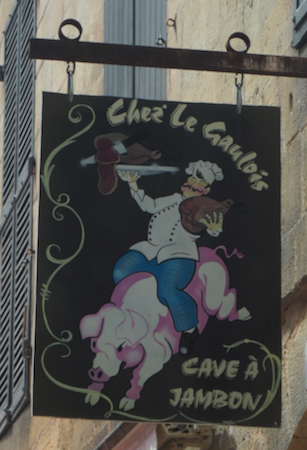
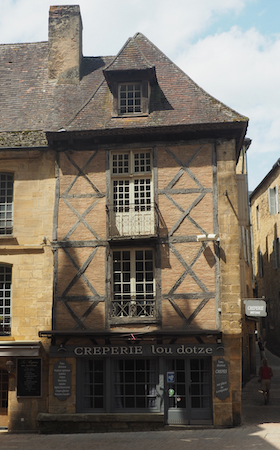
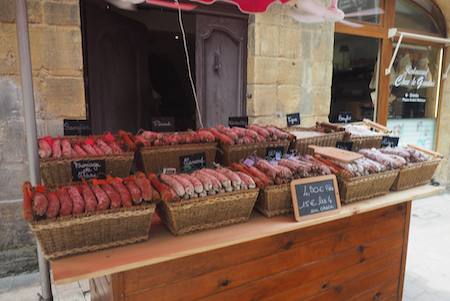
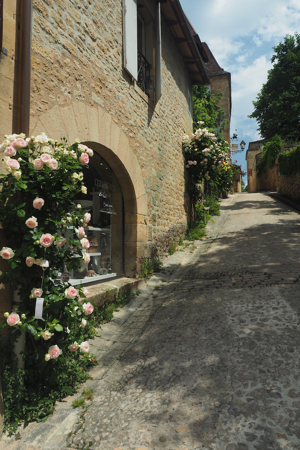

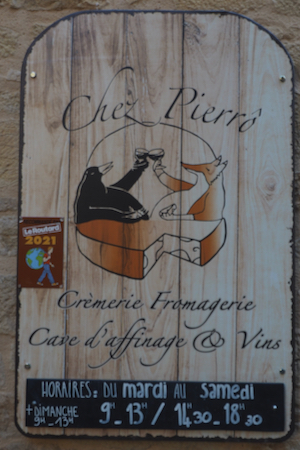
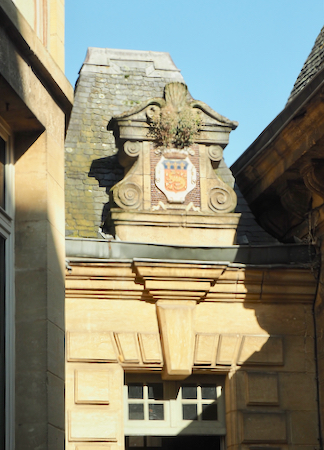
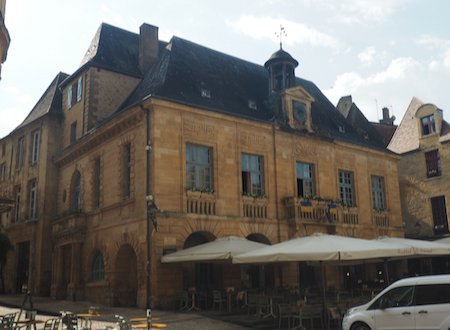
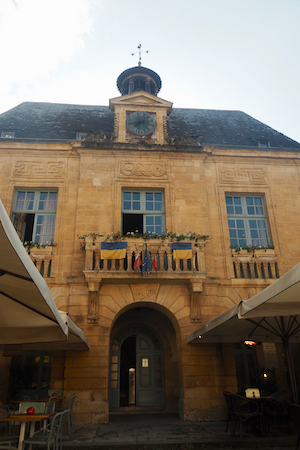
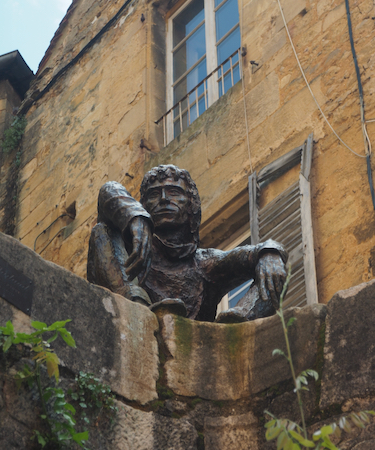
.jpg)
